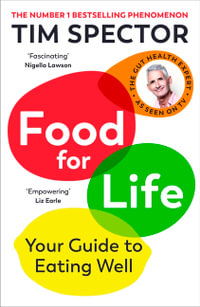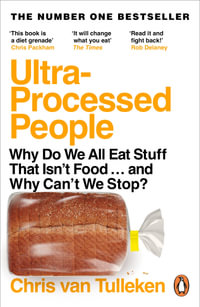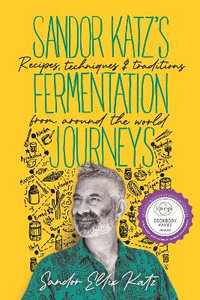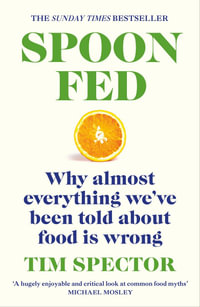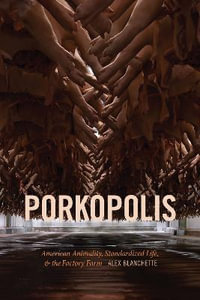Comfort Food explores this concept with examples taken from Atlantic Canadians, Indonesians, the English in Britain, and various ethnic, regional, and religious populations as well as rural and urban residents in the United States. This volume includes studies of particular edibles and the ways in which they comfort or in someinstances cause discomfort. The contributors focus on items ranging from bologna to chocolate, including sweet and savory puddings, fried bread with an egg in the center, dairy products, fried rice, cafeteria fare, sugary fried dough, soul food, and others.
Several essays consider comfort food in the context of cookbooks,films, blogs, literature, marketing, and tourism. Of course what heartens one person might put off another, so the collection also includes takes on victuals that prove problematic. All this fare is then related to identity, family, community, nationality, ethnicity, class, sense of place, tradition, stress, health, discomfort, guilt, betrayal, and loss, contributing to and deepening our understanding of comfort food.
This book offers a foundation for further appreciation of comfort food. As a subject of study, the comfort food is relevant to a number of disciplines, most obviously food studies, folkloristics, and anthropology, but also American studies, cultural studies, global and international studies, tourism, marketing, and public health.
With contributions by: Barbara Banks, Sheila Bock, Susan Eleuterio, Jillian Gould, Phillis Humphries, Michael Owen Jones, Alicia Kristen, William G. Lockwood, Yvonne R. Lockwood, Lucy M. Long, LuAnne Roth, Rachelle H. Saltzman, Charlene Smith, Annie Tucker, and Diane Tye.
Industry Reviews
Michael Owen Jones's and Lucy Long's new edited volume, Comfort Food: Meanings and Memories, presents a timely, important topic for contemporary Americans. Jones and Long have individually contributed much to the folkloristic oeuvre of food culture, and their new joint volume adds to the growing list of publications that focus on the attitudes and identities associated with food consumption--Pravina Shukla, Indiana University "Journal of Folklore Research"
This book explores the nature and significance of comfort foods through fascinating case studies. Some chapters center on the foods themselves--such as Rhode Island 'doughboys' and Newfoundland bologna--while others focus on the ethnic, family, or cultural constructions of iconic comfort foods--like the Jewish American 'egg-in-the-hole' and the Finnish American fermented milk viili. Still other chapters consider comfort foods broadly--like soul food for African Americans or nostalgia dishes for culinary tourists. The chapters raise important questions about why certain dishes become comfort foods, their nutritional and health consequences, their relationships to family and identity, and their ability to connote trauma as well as care.--Carole Counihan, editor-in-chief of Food and Foodways and author of A Tortilla Is Like Life: Food and Culture in the San Luis Valley of Colorado


